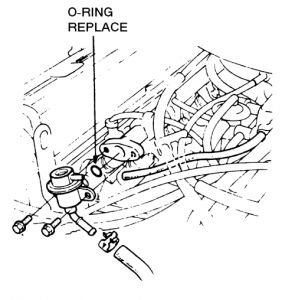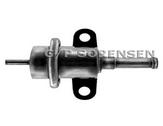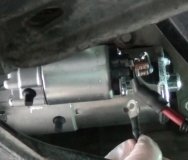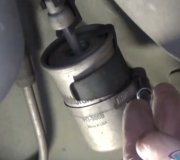Question 1: what's going on!
Question 2: you all seem knowledgeable. Is there a good technical book that connects how engines/cars work with troubleshooting? I am a technical guy and like to know how everything works, but have failed to find a good technical book on how cars work. What I'm looking for is a book that has in detail how cars work information, followed by extensive troubleshooting charts, and finally, the troubleshooting charts and how it works information is linked. For instance, in this case, troubleshooting charts lead to "engine bogs/lags/stalls when throttle is applied quickly" which then might have a list of things that might be wrong. One of them might be bad timing. The description for that cause would describe how bad timing causes this situation: e.G, "when the throttle is applied quickly and the timing is off, the exhaust cycle is at point X when the fuel is injected, resulting in.". As I write this, I realize how cool this resource would be and how much I've looked for it over the years, so I'm going to donate to hopefully find that elusive resource! May be asking for too much, but it's worth it. In addition to getting my car going!
Thanks,
Dave
SPONSORED LINKS
Wednesday, November 4th, 2009 AT 2:57 PM





